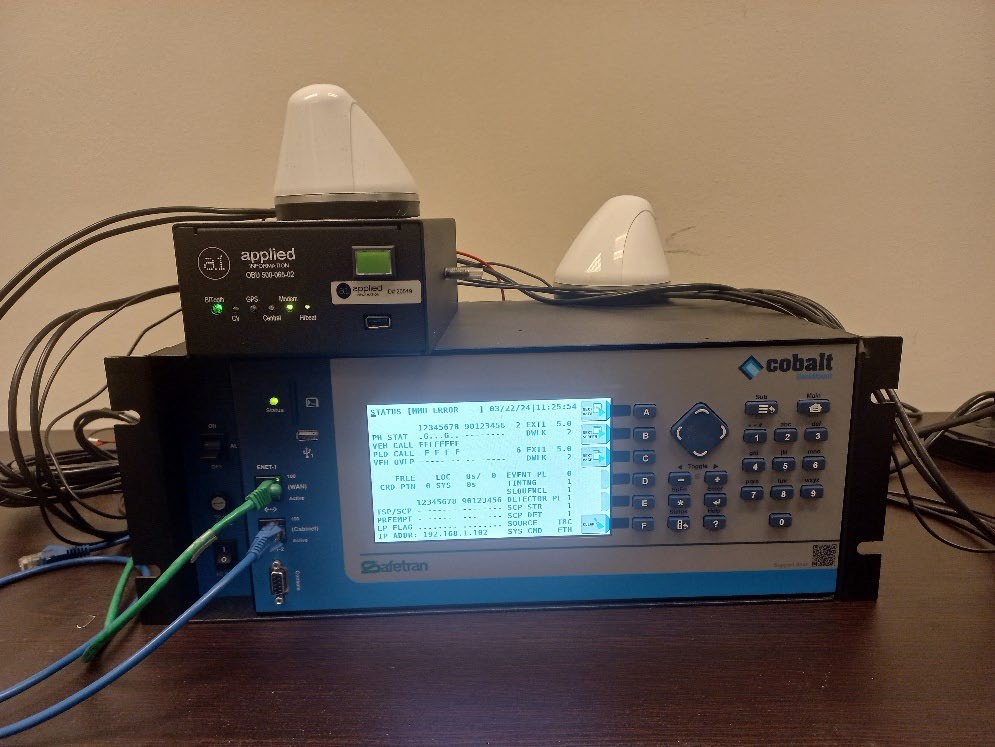Lead PI: Yunpeng (Jack) Zhang
Federal Fund Allocation (Year 2024-2025): $38,400
Project Description
Advanced Traffic Management System (ATMS) is a critical component of Intelligent Transportation Systems (ITS), integrating sensors with communication and control technology to systematically monitor traffic conditions. Given that most devices are network-connected or linked to the cloud in the ATMS, ensuring proper cybersecurity configuration, adhering to strict security workflows, and enhancing cybersecurity awareness for ATMS are essential steps to safeguard both data and communications within the system. With the rapid advancement of ATMS, as well as related sensing and networking technologies, it becomes crucial for traffic authority staff to familiarize themselves with modern system architecture and cybersecurity system configuration. Particularly, AI technology and data analytics are increasingly pivotal in the analysis of ATMS data and the implementation of strategies to counter cyberattacks. Nevertheless, there exists a significant skills gap in the areas of data and analytics, as revealed by McKinsey’s 2020 global survey.
The objectives of this proposal are 1) to build a comprehensive ATMS cybersecurity training program for the staff of traffic authorities by leveraging data analytics techniques and AI technology; 2) to extend our training program to K-12 students; and 3) to conduct multi-facet and systematic evaluation process for the training program. By leveraging state-of-the-art data analysis techniques and AI technology, the project seeks to enhance expertise in ATMS operations, bridge the skills gap in data analytics and AI, promote cybersecurity best practices, and cultivate a culture of cybersecurity awareness. The training program will cover the following topics: 1) Introduction to ATMS. 2) Elements of information security. 3) Threats and vulnerabilities. 4) Information security policy, roles, and responsibilities. 5) Information security risk management. 6) Applied cryptographic services, mechanisms, and applications as well as their related threats within an enterprise context. 7) Data analytics, AI, and their applications in cybersecurity. 8) Control mechanisms and preventative approaches.
